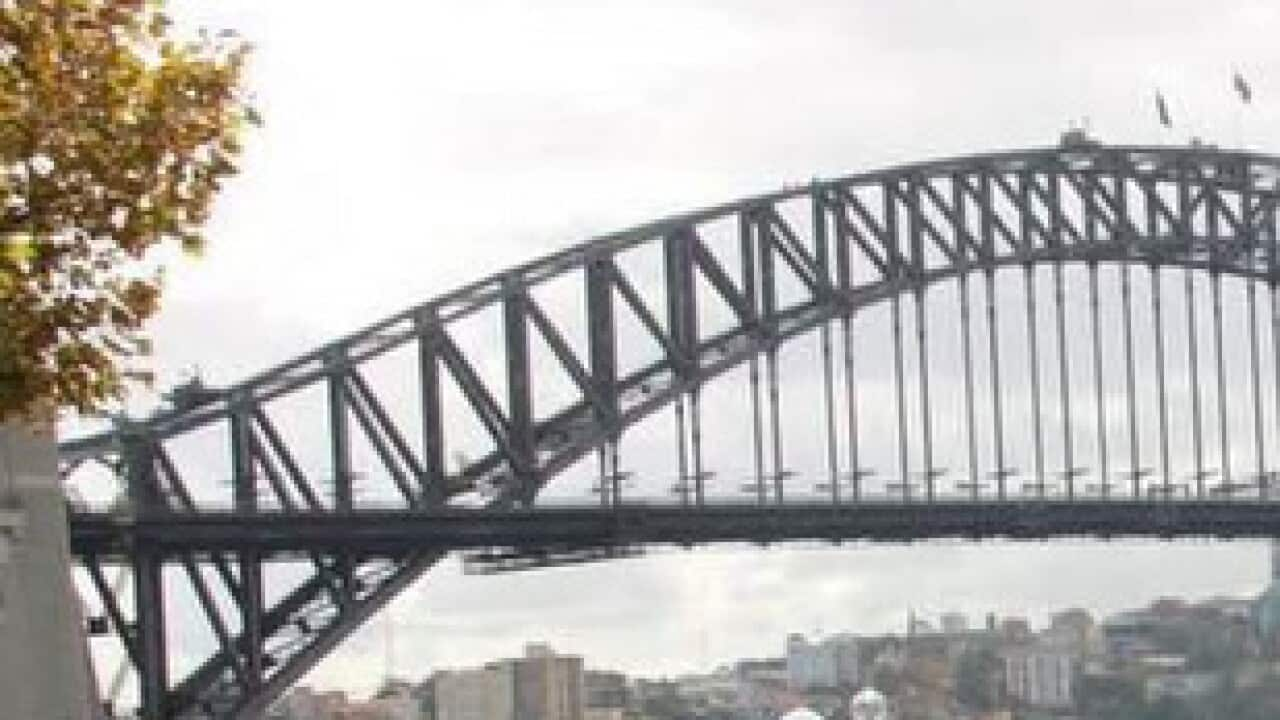Albury and Wodonga are twin cities located on the border of NSW and Victoria.
Albury has a population of over 50,000 while Wodonga, which is on the Victorian side of the border, 300 kilometres north-east of Melbourne, has a population of approximately 35,100.
The 'Two Cities One Community' recognises them as cities that are no longer divided by the Murray River but joined together by it.
The area is home to a large number of Indian-origin people who not only enrich the multicultural profile of the twin–cities but also contribute to the local economic growth.
As their numbers have grown significantly so have the cultural, linguistic and social needs.
Harpreet Kaur, who is a primary school teacher in Wodonga, has a passion for teaching the Punjabi language.
“Ever since I moved to this area, I struggled to answer the question - how do we pass on our mother-tongue Punjabi to the next generation,” Ms Kaur told SBS Punjabi.
“I also realised that our numbers did not support the introduction of Punjabi at the school level. And another thing that hampered the progress was lack of proper resources to teach Punjabi in this regional area.” Ms Kaur didn’t wait for things to take their own course, and instead decided to do something about it.
Ms Kaur didn’t wait for things to take their own course, and instead decided to do something about it.

Harpreet Kaur is a primary school teacher in Wodonga, Victoria. Source: Supplied
She not only started teaching Punjabi at a community level but also started developing resources to help facilitate the language.
Ms Kaur wrote and published three books keeping in mind the language-learning needs of school-going children.
“We often struggle to explain to children why it’s important to learn Punjabi. But that is a job-in-progress where every Punjabi parent has a role to play,” she said.
“We need to teach them in a fun way to make it more attractive. And this is where 'fatti' plays an important role."
“Children just love it. They often say writing on a wooden plank is just awesome, something exciting, something different, and I feel every child cherishes the opportunity.”
An educationist at heart, she is now keen to teach and promote Punjabi among children and their parents. Ms Kaur said that in the last ten years, she has witnessed an increasing number of Punjabi-speaking people in the twin-cities.
Ms Kaur said that in the last ten years, she has witnessed an increasing number of Punjabi-speaking people in the twin-cities.

Harpreet Kaur wrote and published three illustrative Punjabi books for children. Source: Supplied
“Most of them are from the Indian side of Punjab,” she adds. “We have approximately 200 Punjabi families,a majority of whom moved to this area as skilled migrants. They have specific cultural, social and linguistic needs.”
Ms Kaur is optimistic that with this rate of Punjabi population growth she will soon be able to see Punjabi classes being introduced at a school level.
“I hope that the language is taken-up by children from other communities as well. Learning a new language opens a new horizon. This way they can learn about our community, culture and social values, which I think is important from the other side of the social-cohesion” she said.
Listen to this conversation with Harpreet Kaur in Punjabi
LISTEN TO

Learning Punjabi in Australia’s regional twin-cities
SBS Punjabi
29/07/201918:24





